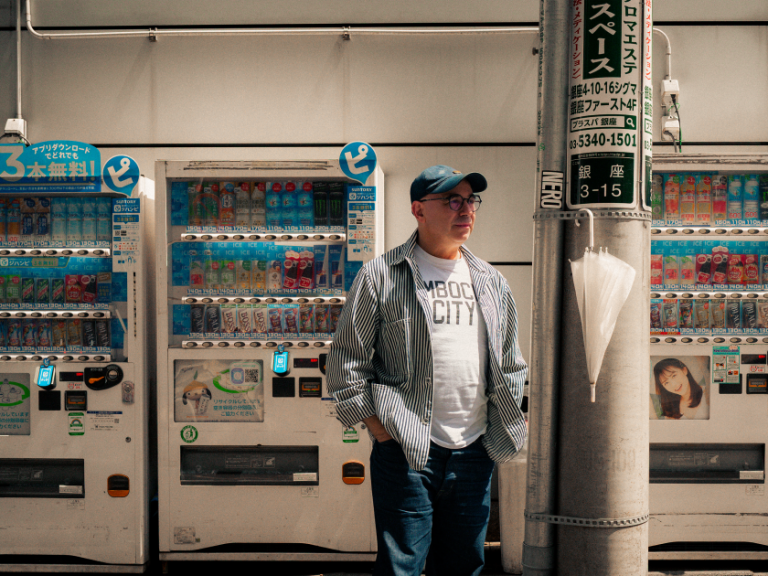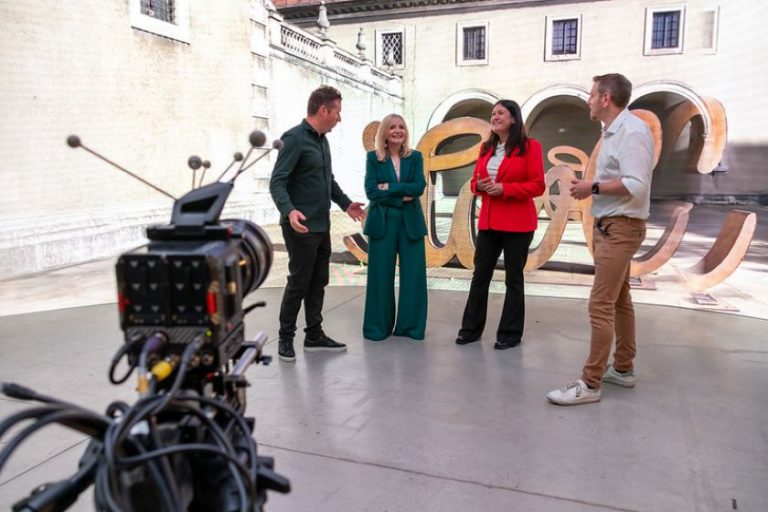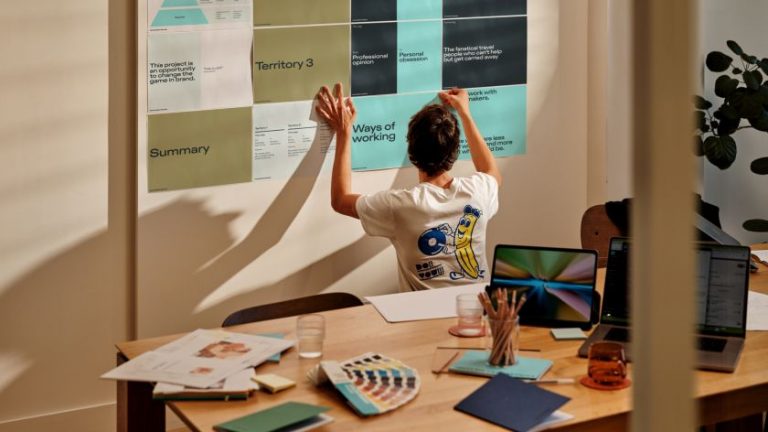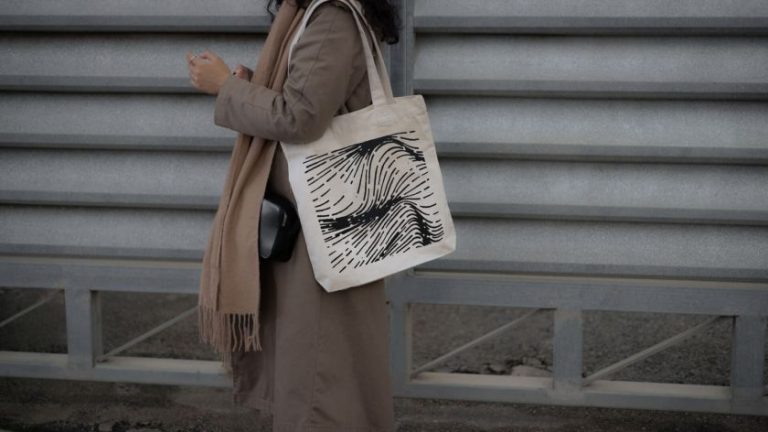For the studio’s first-ever music video project, they took influence from the powerful lyrics and spotlighted them through kinetic type while aiming to weave a textural quality into the video.
Creative design studio Agency of None has designed the official music video for Sandi Thom’s controversial new single Revolution Anthem (Festival of the Oppressed), which takes the form of a projection-mapped motion graphics piece that focuses on the symbolism and lyrics of the song.
The anthem was written for those struggling under unjust systems who are tired of how the world has treated them. It is full of powerful messaging and layers of meaning, which Agency of None drew inspiration from.
While the studio has worked in the music industry before, this is the first music video they have produced. According to Agency of None director and designer Ryan McLeod, the brief was short and open for interpretation, but the team’s biggest challenge was “establishing an approach that could be delivered within a tight timeframe”.
Once this was established, the next step was finding a suitable physical location to film. “As luck would have it, there is a shopping centre come creative space called the Keiller Centre, which we are quite familiar with and is close to our studio”, says McLeod.
“They had just cleared and whited out a space in there that we could use – it was ideal, and we covered the floor to complete the aesthetic we wanted to achieve.”
Adding a textural quality
Since the song is about standing up and making voices heard, the lyrics formed the core of the visual narrative. One route could’ve been to create a digital motion graphics piece; however, Agency of None opted to use more analogue techniques, such as projecting into a physical space.
McLeod explains how this brought “a textural quality” and allowed them to “really emphasise the aesthetic links to diy handmade protest banners and posters”. Then, as the camera pans back at around 2:30, the viewer’s perception changes, and they’re transported back into an empty room.
Further texture was added in Aftereffects, as the studio wanted to avoid the clean image often achieved through kinetic type or motion design work. “This was a protest song, and the methods of protest are often quick and messy, so we wanted to get that feel into this,” says McLeod.
Employing protest tactics
Evocative protest tactics run throughout the video, from pulling words and phrases to emphasise a point to using imagery of key people or key ideas from the lyrics. The use of projections in protest is a tactic adopted more recently, and McLeod is interested in how this might develop in the future.
“It’s a really powerful way of getting messages seen or overlaying other meanings onto existing physical space,” he says.
A key message that features in the track is “It’s time for a change,” so Agency of None sought to create its own representation of change within the video. McLeod describes how “the reveal happens as the camera starts to pull back”, adding that “this change in perception is a metaphor for the change the track is calling out for”.
Implementing kinetic typography
As mentioned, key phrases of typography are pulled out in the video in time with the music. However, Agency of None chose not to do this at the start of the track, where there is an a cappella section. Instead, the track title is mentioned here, and the connection between the motion graphic and the lyric begins with the phrase immediately before the beat comes in.
The typographic elements are based on a variable font called Transducer. McLeod says, “Finding the right one that would allow us enough axes of control to achieve what we wanted was key.”
He gives examples of the different sections throughout the track where kinetic type is used to “bring more depth to the lyrics”, like a shot approximately halfway through where the studio chose to cut away from the flat video to the projection-mapped room with the words ‘conned’ covering the walls. “This was done to suggest a jail cell environment,” he adds.
Filming and directing techniques
The whole approach centred around keeping things simple with one camera on a dolly rig and a projection-mapped room. “We could have done the camera pull back digitally, but again, we opted for a more manual method to achieve a much better look and feel by doing it manually with the dolly”, explains McLeod.
Testing the projection mapping to ensure that it could cover the needed space was a key consideration. Agency of None has its own setup for this, but McLeod says the real challenge was to get “a suitably high throw range so [they] could allow the camera to operate below the light and not cast a shadow.”
“We built a pretty quick method of raising the projector so we could try it at different heights and find one that worked for everyone”, he adds.
Producing the assets for the mapping was a process that went right up until filming started. Despite this, “everything fitted together and worked exactly as planned” thanks to meticulous planning, according to McLeod.
Through projection mapping, Agency of None also took advantage of all of the surfaces in the room. McLeod notes the importance of using this technique sparingly so that they can build the emphasis at the end of the piece.










